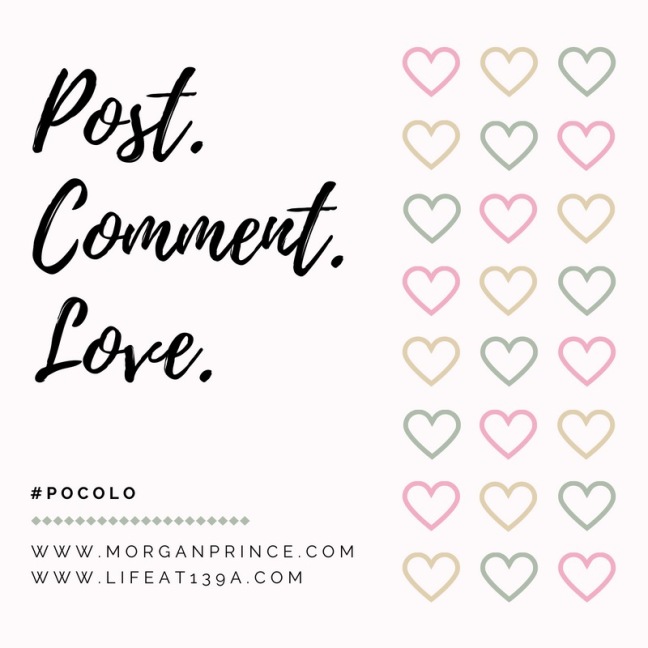I finally seem to have found a bit of inspiration to create things again lately. Last Tuesday, I decided to buy the essential oil safety files at Lea Jacobson’s website. For $47 one-time, you’ll have access to the safety guidelines for over 240 essential oils and absolutes. This seemed a bit expensive to me at first, but given how hard it otherwise is to find exact topical dilution maxes etc. online, I finally gave in.
Regular readers will know that I love to make melt and pour soap and have occasionally made massage oils and body butters. I also made one hand cream. I however usually use fragrance oils, as essential oils can be more irritating to the skin and cause sun sensitivity. Now, with Lea’s safety files, I felt more confident that I’d properly dilute my essential oils. This means I could finally make an all-natural hand cream.
Ingredients
- 50 g cocoa butter
- 50 g coconut oil
- 50 g sweet almond oil
- 20 g beeswax pellets
- Essential oils (see below on dilution)
You can use shea butter or mango butter instead of cocoa butter and any liquid carrier oil instead of sweet almond oil. If you want a vegan option, I think you can even use candellia wax instead of beeswax.
Now for the essential oils. I wanted to create a relaxing blend of essential oils. It is hard to find ready-made skincare blends online, so I used a diffuser blend and adapted it for topical use. This required me to know whether the essential oils I would be using, are skin-safe and, if so, in what dosage. For this, I used Lea’s safety files.
The blend I found online that I liked, contained lavender, clary sage and vetiver essential oil. Since I didn’t have lavender essential oil on hand anymore, I decided to use lavandin instead. I found out that, while lavandin essential oil is pretty skin-safe, lavandin absolute is not. For this reason, I made extra sure my staff checked that what I had in my box was the essential oil. It was!
The diffuser blend called for two drops of each oil. I decided to use three drops in my hand cream. This totals nine drops of essential oil, which isn’t even a 1% dilution. Usually, natural skincare makers use a 3% dilution, which would be safe with these oils. However, I felt the scent was strong enough already as it was now.
Making the Hand Cream
- Mix together the cocoa butter, coconut oil, sweet almond oil and beeswax in a microwave-safe bowl.
- Microwave in one-minute increments, stirring afterwards, until melted.
- Let the mixture cool for about 10 minutes before adding the essential oils. You could use a thermometer to check the temperature. I’ve heard most EOs require a temperature below 45°C. I don’t own a thermometer though, so I just wait until the mixture starts to set a little.
- Add in the essential oils.
- Stir with a whisk to make the hand cream more fluffy.
- Pour the mixture into a jar or pot.
- Let fully cool before screwing on the lid.
Since my hand cream will be a gift, I haven’t touched it myself after fully cooling. My previous attempt turned out a bit too thick for my liking, which is why I cut back on the beeswax a little this time.
I will probably be making a melt and pour soap with the same scent soon too. Then, I’ll add them both into a package I’ll send to my assigned home staff, who, as regular readers know, is on sick leave. I really hope she likes it.










